
A large IT service provider aims to offer a tool for its operations services, leveraging the latest AI large language models combined with vast experience in customer service, standards, documentation, and other data, to provide first and second-tier customer service with faster issue identification and resolution solutions, enhancing overall efficiency.
Why Drupal was chosen
Both documents and knowledge are types of content. Therefore, choosing a mature Content Management System (CMS) can greatly accelerate the speed of platform construction. In the process of CMS selection, Drupal has been chosen as the CMS for the platform due to its open-source nature, security, and high degree of customizability.
Challenges
This project is different from website construction and other tasks; as an application platform, it requires careful planning in terms of requirement analysis, logic, and technology usage. When it comes to selecting a large AI language model, given that companies are rapidly iterating their models, how to choose the appropriate large language model also requires thorough consideration.
Solution Overview
The platform is designed and developed based on the principles of RAG (Retrieve Argument Generation). After numerous discussions, we concluded that a single multilingual model is not the optimal choice. We believe that the future of AI should involve domain-specific small models that offer better energy efficiency.
Hence, we have positioned this platform as a multi-model platform. It supports large language models like ChatGPT for Sass and also allows for the deployment of private models via Ollama. For the vector database, we have selected Weaviate.
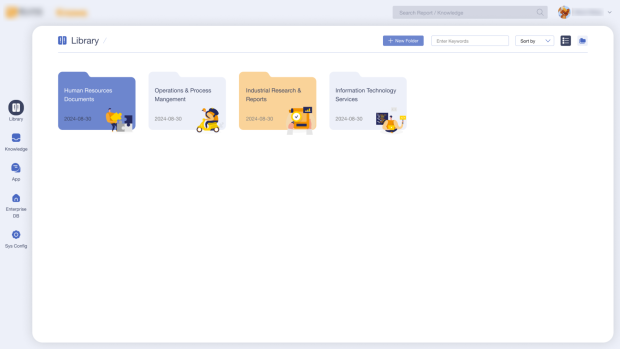
This has led to the creation of a comprehensive knowledge base management platform with multiple knowledge bases, models, and document libraries that can be freely configured and managed for various scenarios. Additionally, we have planned to integrate with search engine APIs to obtain more factual information.
Design
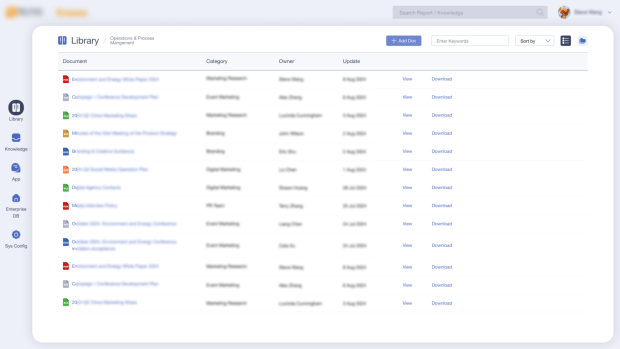
In our design, we adopted a minimalist UI layout approach, embellishing certain details with a moderate use of graphics.
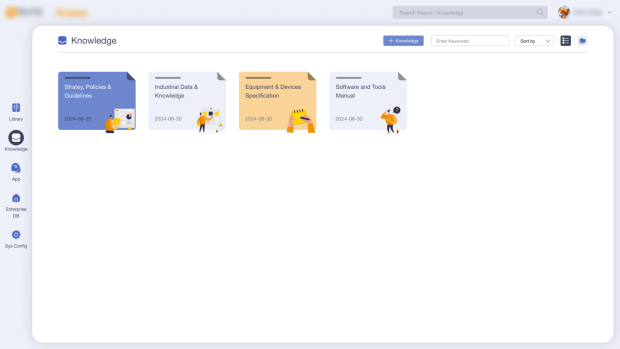
Furthermore, we utilized a Theme-based design method to ensure that the UI style can be quickly altered to a certain extent, which facilitates the customization for different service targets by clients.
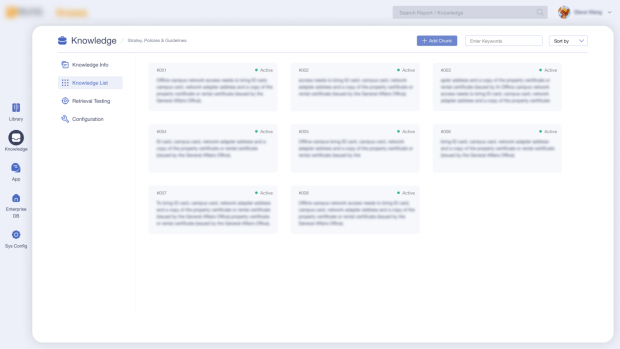
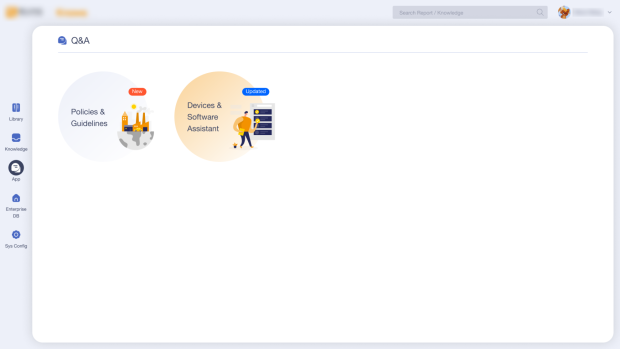
Font-End Development
Drupal itself has already built an excellent front-end display method, which has greatly accelerated our overall front-end development speed. At the same time, it also brings certain limitations. Although these can be addressed through various methods, the cost of investment must be considered, and this is also a detail that requires much communication during our front-end development.
Back-End Development
The AI Knowledge Management Platform utilizes the most stable current version, V10, of Drupal as its underlying development framework. The platform establishes business systems such as organizational department management, user role and permission management, and file management based on Drupal’s data structure, and configures corresponding file read and write permissions for each department to ensure the mutual independence of departmental data management.
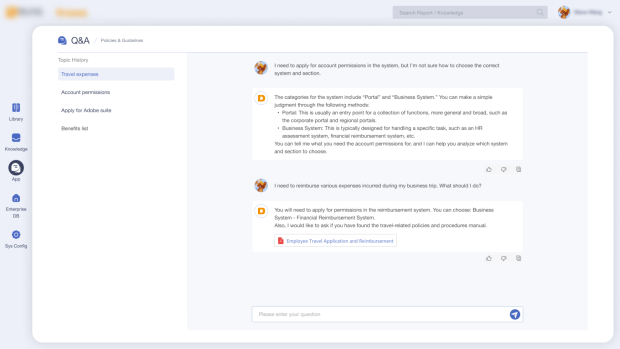
To offer a mature AI knowledge acquisition experience, we have implemented the Drupal AI module and deployed an integrated generative AI application development framework, which supports the organization of document information and stores the corresponding content in the form of knowledge slices. Users can obtain relevant knowledge through AI dialogue or leverage the built-in large language model to access more comprehensive data information.